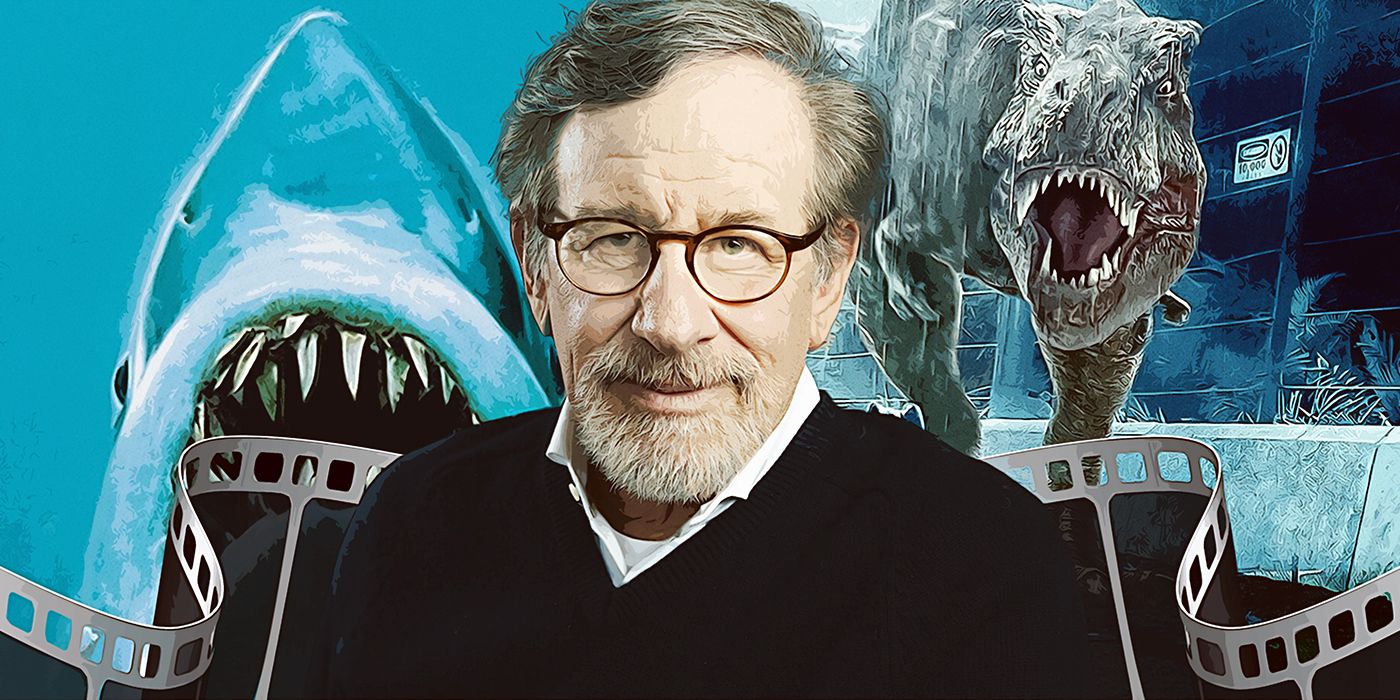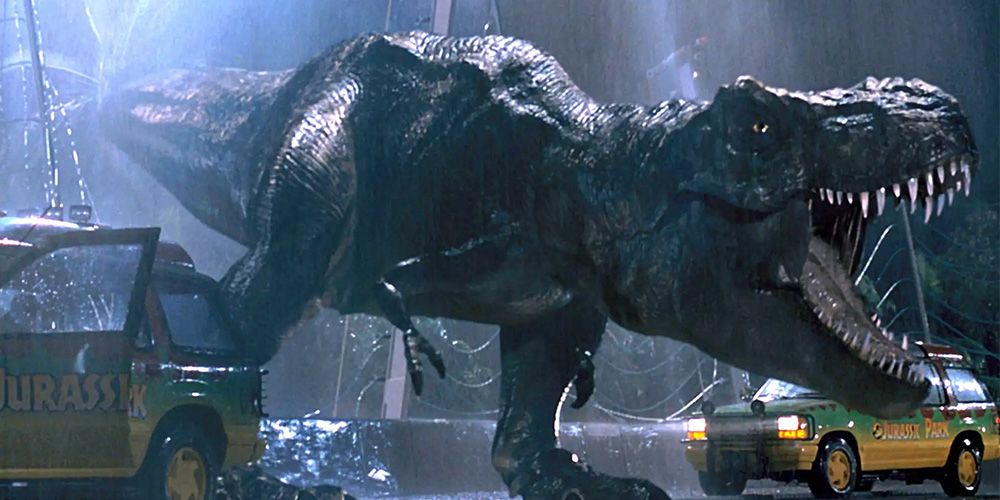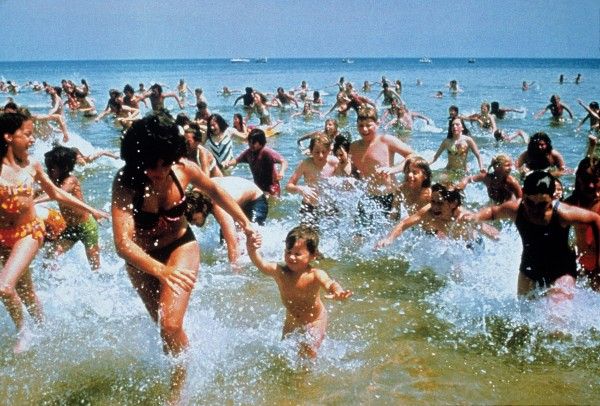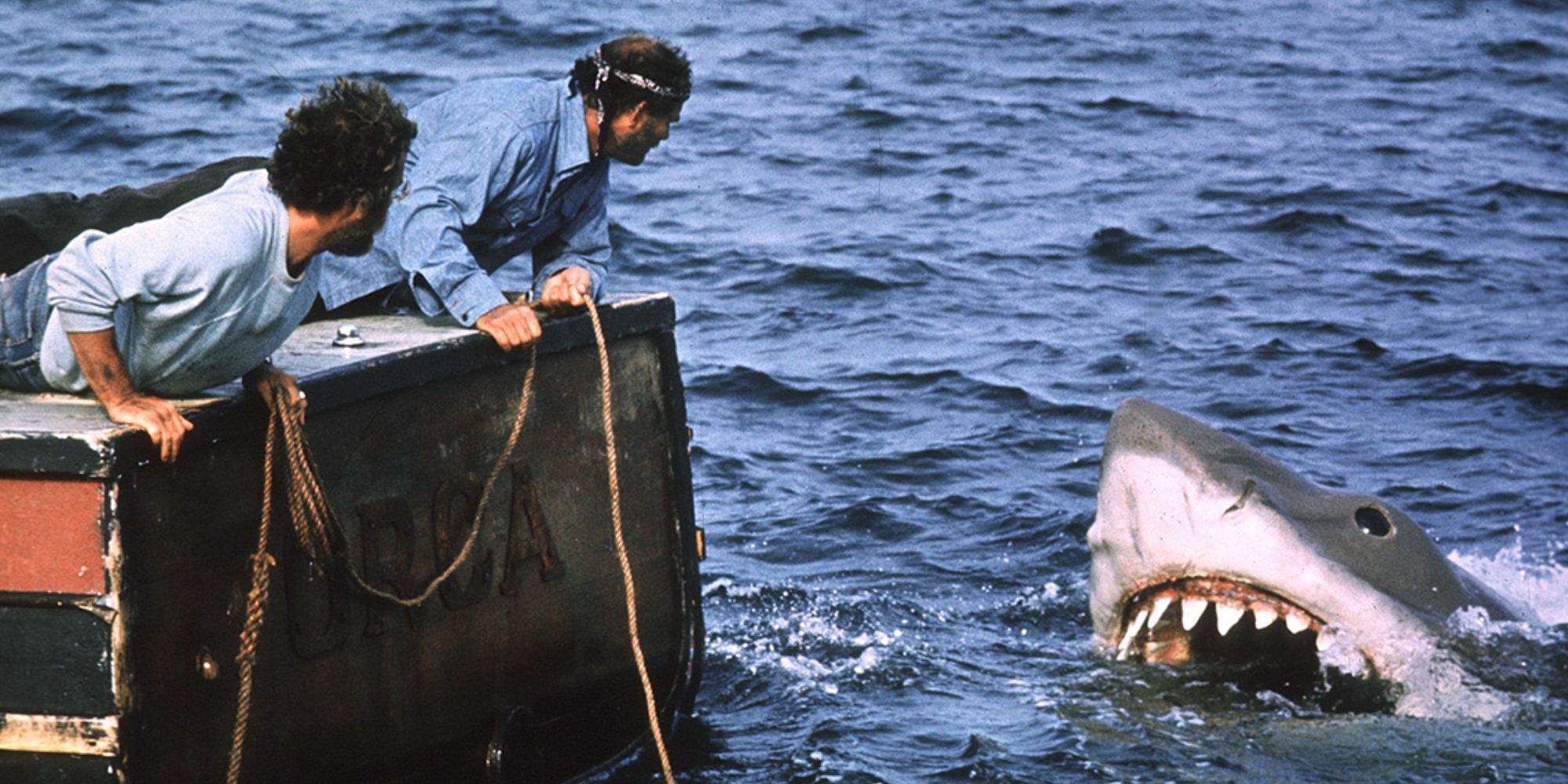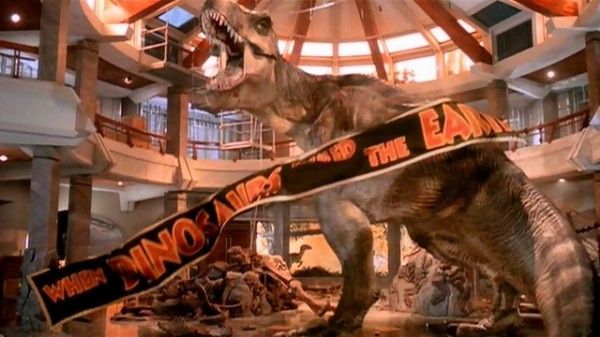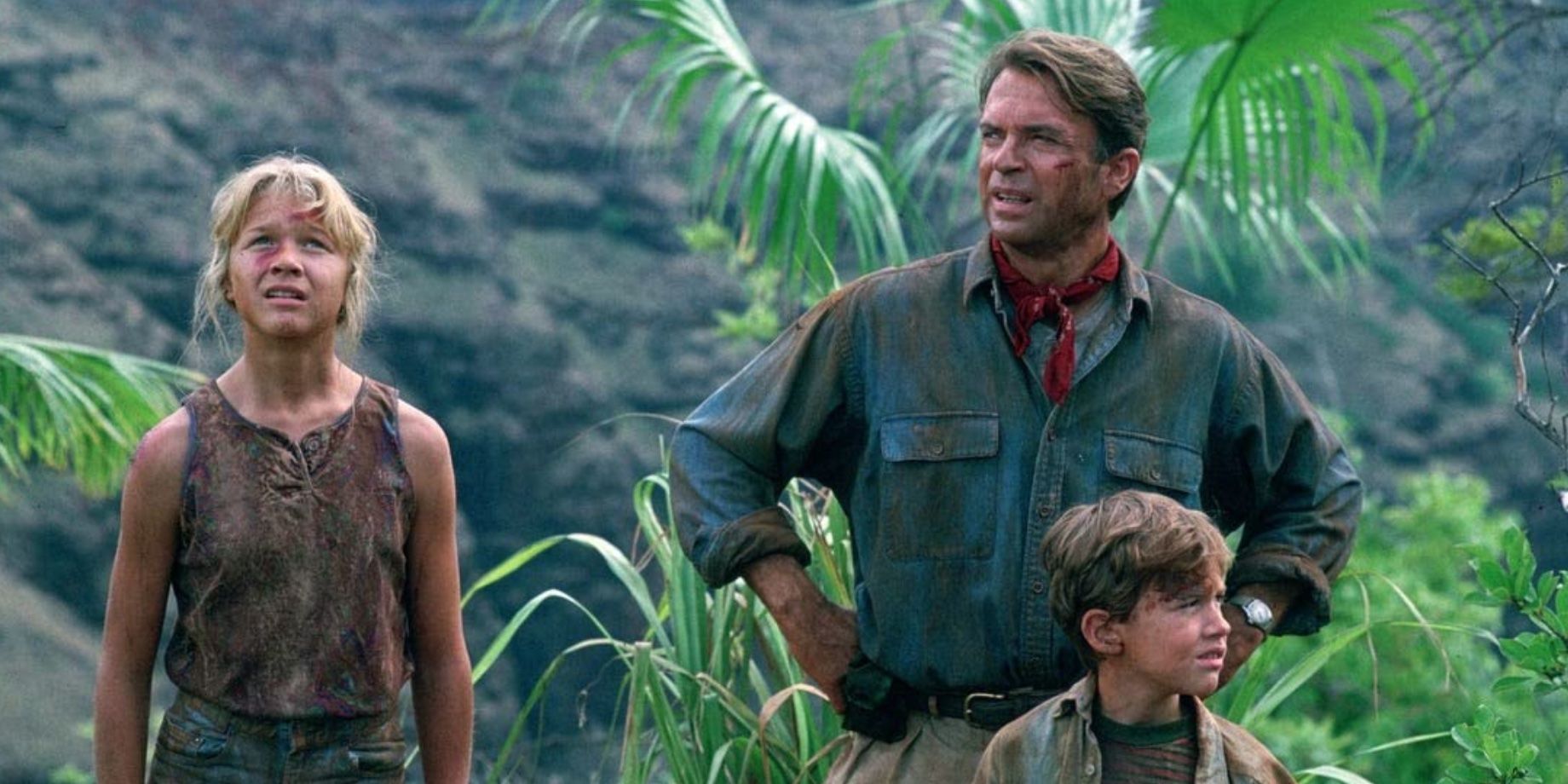In a recent interview with The Sunday Times, Sam Neill, the star of the original Jurassic Park and this year’s Jurassic World: Dominion, compared the latest entry to the first film’s slow burn approach. “An audience 30 years later wouldn’t find that pace acceptable. As a result this has action from the moment the lights go down. Though of course it has quiet moments.”
Whether audiences would still accept a slower-paced action film in 2022 could be debated, but what can’t be debated is that it has worked in the past. Sam Neill would know. Jurassic Park was one of the most successful movies ever made. Sure, it was intense, a thrill ride that had you on the edge of your seat, but that was in the last half of the movie. It’s actually about 45 minutes in before we get the famous T-Rex scene. Before the dinosaurs ran amok, we got to know our characters first.
It wasn’t the first time that director Steven Spielberg did this. All of his films are character based. The perfect example is Jaws. Released in 1975, its success was responsible for the summer blockbuster. While it’s remembered for being a classic action horror film, with the shark attack scenes being some of the most intense moments ever put on film, there was much more to it than that.
The opening scene may be of a teenage girl getting killed by a shark, but still, Spielberg held back. We never see the shark. There was so much more tension to be found in not seeing the beast. In fact, the great white doesn’t make its first on-screen appearance until 81 minutes in. Until then, all we get is a stalking dorsal film and John Williams’ creepy score. By increasing the tension and building the suspense, it made the shark’s reveal that much more powerful and scary. If the shark had been seen in the opening kill, all the tension would have immediately been removed before it even had a chance to build. Sure, some of that tension was an accident of fortune because the robotic shark kept breaking down and Spielberg was forced to film without it, but still, it works, no matter what caused him to get there.
After that opening scene, Spielberg was content to let audiences sit with the residents of Amity Island. We get to meet police chief Martin Brody (Roy Scheider) and his family, seeing their complexities and dynamic together. We get to learn that they are new to the island and that Brody is uncomfortable and feels like an outsider. We also learn that Brody is afraid of water, which is a brilliant stroke of character development, to have the hero be afraid of that which he must confront in the end.
Yes, there are more shark attack scenes throughout the film, with more character development being shaped and shown through the events, but unlike many of today’s action films, the characters are still the centerpiece. The focus is not on the event but how they react to it. We see more complex characters brought in and a town’s mayor who wants to pretend that everything is fine.
Even after the great white pops out of the water in all of its glory in the “You’re gonna need a bigger boat” scene, Spielberg is not done with taking it slow. He has the shark disappear again, and gives us arguably the best scene in the film, when below the boat’s deck, shark hunter Quint (Robert Shaw) tells Brody and marine biologist Hooper (Richard Dreyfuss) the story of the attack on the USS Indianapolis, where he survived but was then left adrift in the water, watching as sharks took his friends.
This scene works by increasing the tension yet again, but also by turning these three people who are so different into a close team. We are already on the edge of our seats before the shark even bursts through the boat, and later, the group’s developing friendship here serves to make Quint’s death that much more gut-wrenching. None of this is possible if Spielberg simply had a shark jumping out of the water willy nilly and chomping everyone to bits.
Spielberg knew that those small moments were the biggest, so that when the horrific moments go down, you care about what happens to the protagonists. You’re invested because you’re right there with them. It makes the ascent just as thrilling as the drop.
This approach was used again two decades later in Jurassic Park. Technology may have improved, meaning Spielberg could have as many CGI and animatronic dinosaurs running around as he wanted, without having to worry about filming around a malfunctioning monster, but he knew from successful experience that the slow burn approach was better.
Audiences had never seen what they would witness in Jurassic Park, but Spielberg held off on the reveal, letting the characters and underlying suspense reign first. Still, it’s no coincidence that the film opens in much the same way as Jaws, where an unseen velociraptor drags a worker to his death. It’s the Jaws opening beach scene all over again.
After this we’re introduced to the cast. Sam Neill’s Alan Grant is very similar to Roy Scheider’s Martin Brody, as both are in positions of power. One is a police chief, the other a renowned paleontologist. Both are transported to places where they are out of place, Brody to the water, and Grant to a mysterious island, where the fossils he studies have come to life. Both also have to overcome something they don’t like in order to overcome. For Brody, it’s the water. For Grant, it’s kids. He’s not a fan. He’s going to have to get over that though when he becomes stuck with two of them and has to save their lives.
Just as Jaws had a great cast of supporting characters, so does Jurassic Park. Where the former had the quirky Quint, the latter gives us Jeff Goldblum’s amazing performance as eccentric mathematician Ian Malcolm. He and Grant clash, just as Brody and Quint did, but the plot forces them to work together to survive.
All of this is why audiences were so riveted by the T-Rex escape scene. Sure, we were in awe of the special effects, but it didn’t mean anything if there was no suspense to go with it. We had fallen in love with these characters without any dinosaurs being involved, and now that the dinosaurs were on the loose, we were invested in their survival, all by simply taking the time to build their dynamic and intricacies first.
Jaws and Jurassic Park would give us many sequels, some better than others, but it’s not those we return to, even though there’s more action with more sharks and more dinosaurs. It’s the originals that we watch over and over. You can find action in any action movie. It’s the characters we want to sit with. It’s a story that we want told to us. Dinosaurs die out, but that slow burn method of filmmaking never should.

